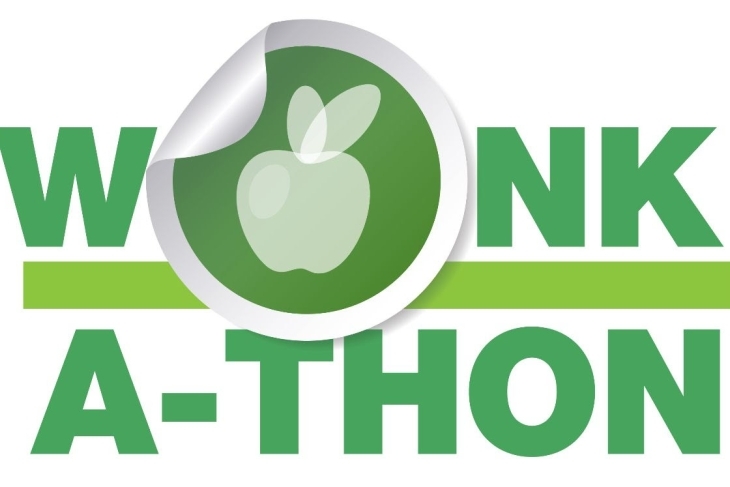Editor’s note: This essay is an entry in Fordham’s 2022 Wonkathon, which asked contributors to address a fundamental and challenging question: “How can states remove policies barriers that are keeping educators from reinventing high schools?” Learn more.
High schools are so deeply embedded in our educational, economic, and cultural systems that only policy interventions that can change the dynamics of those systems can have sustainable success. One such intervention in our education system would be for states to give themselves the ability to award or recognize high school credits, to require any school accepting state funding to accept those credits toward their graduation requirements, and to award diplomas to students who have completed all state graduation requirements.
Florida has done some of this with Florida Virtual School (FLVS), and there are versions of FLVS in at least twenty other states. Any Florida public high school student can take courses at FLVS, earn credits that count toward graduation, and enroll in and graduate from FLVS if they choose. State law says districts cannot deny students access to FLVS courses. Still, guidance counselors can decide if courses are academically appropriate and can refuse to put other schools’ credits on a student’s transcript. And this proposed intervention needs to go beyond what FLVS has done to include development and partnerships to offer experience-based credits, stackable micro-credits, and mastery assessments that can justify earned credits without requiring “seat time.”
If schools were denied the counselor gate-keeping mechanism, and the state worked to recognize academic credits from any entity as appropriate, students could escape their local school’s monopoly over both processes and results. Local schools could have additional diploma requirements on top of the state requirements and even require them to be met locally. Still, the state diploma would be equivalent to those local diplomas, freeing students to consider the value of the additional local requirements on their own merits.
Further, the proposed state credit- and degree-granting entities could drive innovation through development and partnerships. Workforce development and mastery assessment initiatives from businesses, trade unions, technical colleges, and others would now only need to meet one set of requirements to serve students and grant credits statewide. And organizations that have something to offer students but find the hurdle of starting their own high school too high could now proceed, focusing on what they do well and getting the rest of what they need from the state.
A key enabler of this initiative would be the use of a state-wide digital “wallet” like North Dakota’s that stores all awarded and recognized credits and other badges or credentials and into which a diploma can be deposited when all requirements are met. Ideally, this digital wallet replaces student transcripts and diplomas for all public schools in the state, including state colleges and universities. Ideally, the wallet would also be used for state licensure and certification systems, from athletic trainers to veterinarians. Any credit, badge, or credential included in this wallet system expands opportunity and improves integration, from CTE career pathways to university dual enrollment programs.
It will also be important for states to provide transparency around the quality of the credentials awarded or recognized and the implications for graduation rates, the college and workforce success of students served, and the cost-effectiveness of the effort. While concerns about course quality and rigor will persist, data from a statewide initiative should provide more robust answers than generally available today. And if the same entity that manages the credential wallet also develops courses and assessments, oversight will be needed to avoid “capture” of the former by the latter. This state intervention should remain focused on improving the efficiency and effectiveness of generating quality student credentials. If that could mean replacing an expensive and ineffective teacher-led offering with self-directed content and mastery assessments, there shouldn’t be an internal lobby against that decision.
This intervention will take time to transform the high school. But existing schools will be forced to focus more on who they serve and be allowed to rethink what they do. Schools can stop providing courses and programming they don’t do well or efficiently, and they will face new competition from organizations that find it less expensive and difficult to build their programs. Most students will likely remain in traditional community high schools where friends, teachers, and counselors are physically present most of the time. But if a class is not available or poorly taught, they can get those credits another way. And if they hit a roadblock at the school, they can take their credits and finish up at another school or with the state. Greater diversity of approaches to completing diploma requirements and earning diplomas supports equity. Still, these state interventions and schools’ responses to them must also focus on maximizing equity and inclusion in their approach.
Launching these state initiatives will take significant effort and resources. Still, they will save money over time as students and schools use less expensive ways to meet credit requirements, such as online courses, micro-courses, and mastery assessments. Developing and aligning micro-courses and mastery assessments is complicated, but this approach provides statewide economies of scale that can justify the effort. The federal government could fund a national entity that could develop courses and assessments and, at the risk of repeating past mistakes, consider using federal funds to encourage states to join in.




